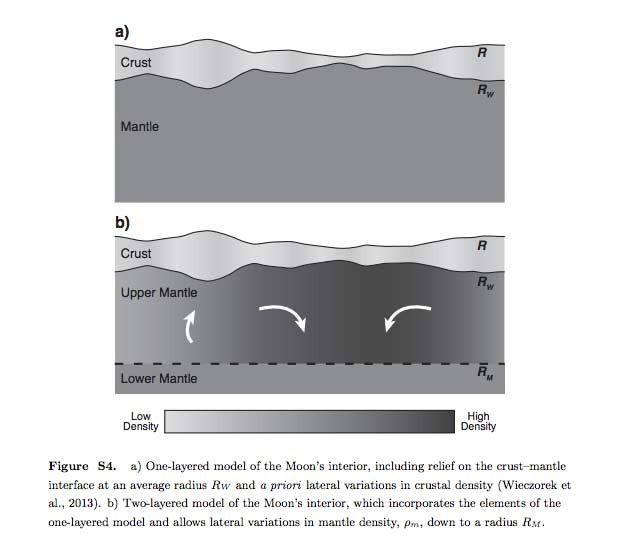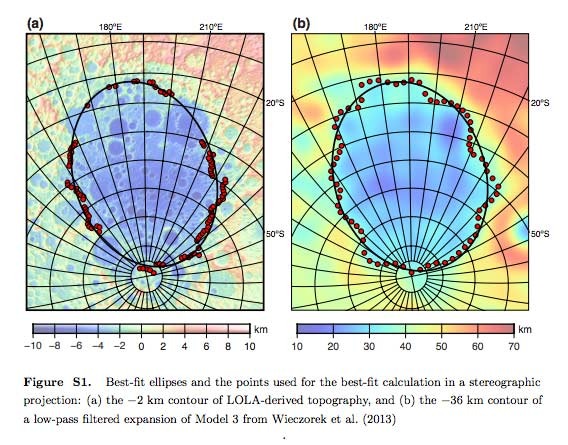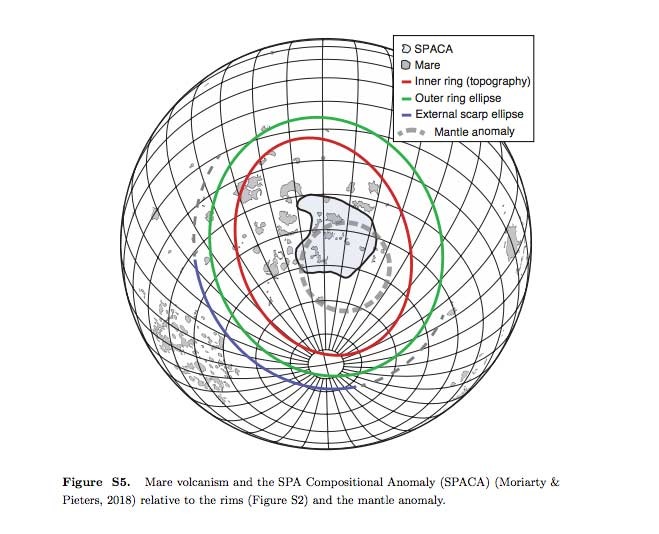A mass of metal was found under a crater on our moon
The biggest crater on the moon (Earth's moon) has a mysterious mass of metal under its surface, so says new evidence published in the scientific journal Geophysical Research Letters. This information was part of a Baylor University study, lead by Peter B. James, Ph.D. and assistant professor of planetary geophysics in Baylor's College of Arts and Sciences. James described the new discovery as an "unexpectedly large amount of mass hundreds of miles underneath the South Pole-Aitken basin."
It's not an alien ship, no matter how much we wish it was. It's not particularly likely that whatever's under the surface is anything akin to a spacecraft, that is to say. Not any sort of UFO we'd like to see, anyway. It's not flying anymore, so it couldn't very well be an unidentified flying object.

Instead, the mass is likely a large sort of underground island of metal. "Imagine taking a pile of metal five times larger than the Big Island of Hawaii and burying it underground," said James with Baylor University. "That's roughly how much unexpected mass we detected."
They discovered this mass as they analyzed data from NASA's Gravity Recovery and Interior Laboratory (GRAIL) mission. When the data was combined with topography data from the moon, as collected from the Lunar Reconnaissance Orbiter, something strange popped up.

"We did the math and showed that a sufficiently dispersed core of the asteroid that made the impact could remain suspended in the Moon's mantle until the present day," said James, "rather than sinking to the Moon's core."
James and the rest of his team suggested in their research paper that the mass likely comes from one of two sources. It could be metal from the core of a differentiated impactor (one big metal asteroid!) It could on the other hand be oxides from the last stage of magma ocean crystallization. Either way, this find was very metal, very metal indeed.

For more information on this subject, have a peek at the research paper "Deep Structure of the Lunar South Pole‐Aitken Basin." This paper can be found with DOI:10.1029/2019GL082252 in Geophysical Research Letters. This paper was authored by Peter B. James, David E. Smith, Paul K. Byrne, Jordan D. Kendall, H. Jay Melosh, and Maria T. Zuber.
